Footwear, a different style of human culture, has journeyed from the simple sandals of ancient civilizations to the high-tech marvels gracing our feet today.
Beyond mere utility, shoes have danced through history, leaving imprints of the eras they’ve traversed.
While often seen as a mere accessory, they are storytellers, narrating tales of economic fluctuations, cultural shifts, and groundbreaking innovations.
They reflect our aspirations, craftsmanship, and artistic flair, offering a window into the intricate tapestry of human progress and tradition.
This article delves into the deep-rooted history, profound significance, and dynamic evolution of footwear.

Table of Contents
A Brief History
The history of footwear is as old as human civilization itself. The oldest known shoes, dating back to approximately 10,000 years ago, were discovered in Oregon, USA.
Made of woven plant fibers, these shoes indicate early humans’ need to protect their feet from rough terrains and adverse climatic conditions.
In ancient Egypt, sandals made of palm leaves and papyrus were common. Egyptian pharaohs, however, wore more elaborately designed footwear, often adorned with jewels, depicting their elevated status.
The Greeks and Romans had their versions of sandals too. The Roman “caligae,” worn by soldiers, was a heavy-soled sandal, a precursor to the modern boot.
In India and China, variations of leather shoes and wooden platforms were widely in use.
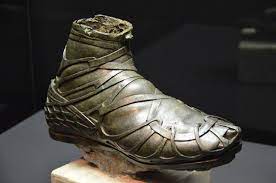
Middle Ages Europe saw the rise of the pointed shoe or “poulaine.” However, with the Renaissance, shoes became broader and more square-toed.
The Industrial Revolution in the 18th and 19th centuries brought about massive changes. The invention of machinery enabled mass production, making footwear more accessible to the general population.
Also, read about different types of clothing for women.
Modern Trends of Footwear
In the modern fashion landscape, footwear trends are mirroring broader societal shifts towards conscious consumption and technological integration. One of the most predominant trends is the move towards sustainability.
With the increasing global emphasis on eco-consciousness, footwear brands are leveraging recycled materials, vegetable-tanned leathers, and even innovating with materials like algae-based foams and mushroom leather.
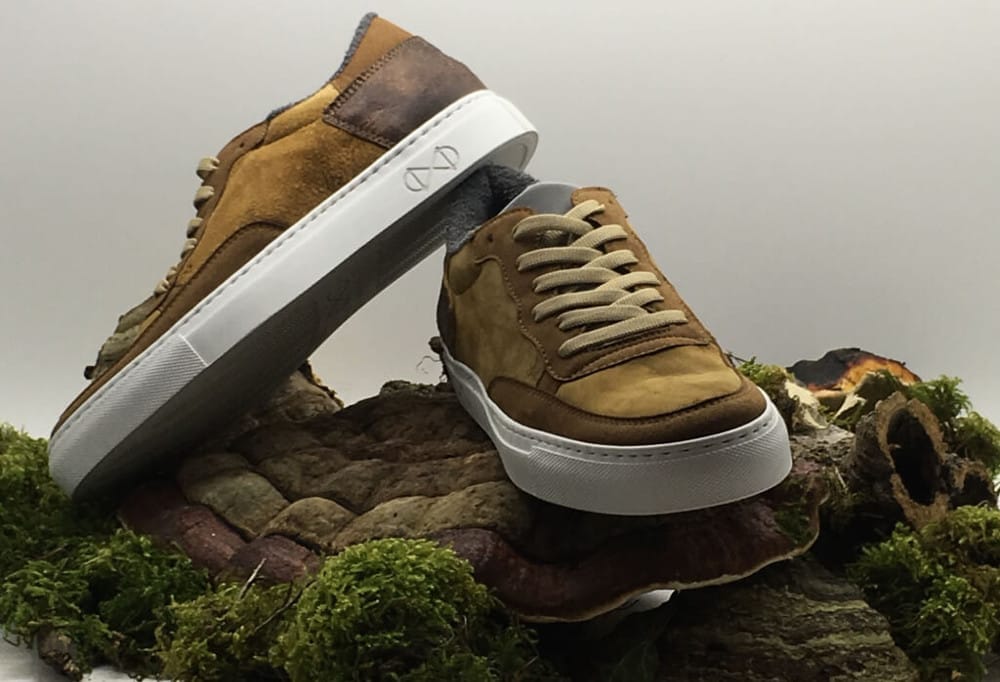
Beyond materials, there’s a surge in the popularity of minimalist designs that promote longevity over fast fashion’s fleeting styles.
On the other end of the spectrum, the integration of technology is evident.
Smart shoes equipped with sensors monitor athletic performance, while augmented reality is being employed for virtual try-ons.
Aesthetically, there’s a resurgence of retro clothing style, but with a contemporary twist. Chunky soles, reminiscent of the ’90s, are back in vogue, but they are now combined with modern, sleek designs.
Athleisure, blending comfort with fashion style, continues its reign with sneakers becoming an everyday staple, pairing as easily with suits as they do with workout gear.
In essence, today’s footwear is a blend of the past and future, rooted in tradition but looking ahead with innovative designs and responsible choices.
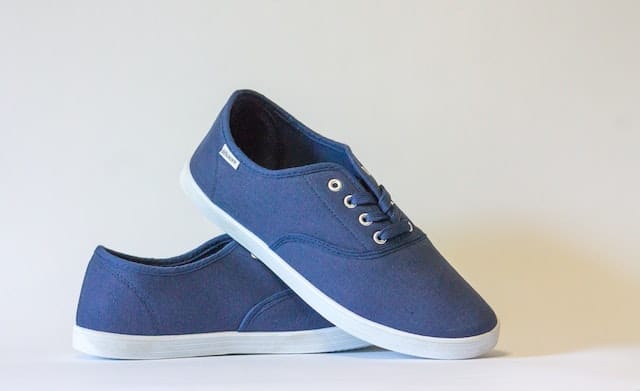
Significance of Footwear
Cultural Expression
Footwear often holds cultural significance. Traditional Japanese “geta” sandals, Native American moccasins, or Indian “juttis” are not just shoes; they are expressions of rich cultural heritages.
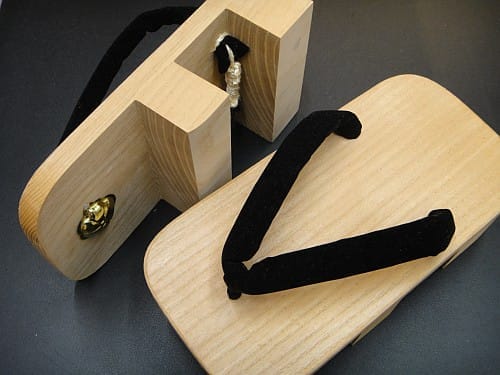
Indicator of Social Status
Historically, shoes have been a clear indicator of social and economic status.
For example, in ancient Rome, only senators could wear brown shoes with a crescent-shaped buckle, while in Renaissance Venice, platform shoes (“chopines”) were worn by women to indicate their social standing.

Protection and Health
At their core, shoes offer protection. Rugged boots offer safety on construction sites, and athletic shoes provide support and shock absorption.
Furthermore, with the rise in orthopedic concerns, ergonomic designs in footwear are now a focus.
Technological Advancements
The 20th and 21st centuries witnessed groundbreaking advancements in footwear technology. Materials like ethylene-vinyl acetate (EVA) have revolutionized sneaker midsoles.
The advent of “smart shoes” integrated with sensors to monitor athletic performance, and even shoes with self-lacing technology, showcase the blend of footwear and modern tech.
Sustainable Footwear
The environmental impact of footwear production, especially the massive use of plastics and non-biodegradable materials, has been a growing concern.
Recent years have seen a surge in sustainable footwear options. Brands are now using recycled materials, opting for eco-friendly production processes, and designing shoes for longer life spans.
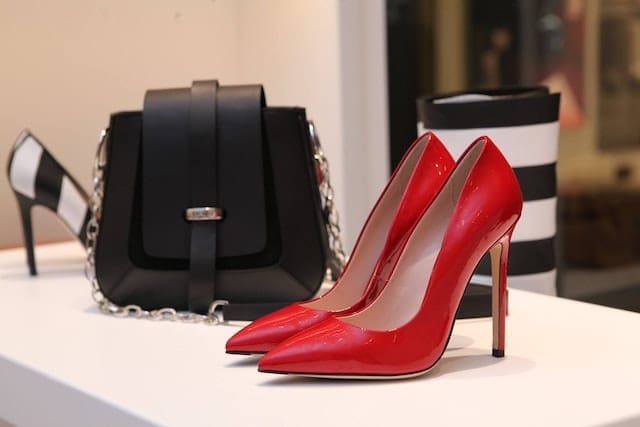
The Evolution of Shoes
Early shoes were simple coverings like sandals made of leather, grass, or wood to protect feet. In ancient Egypt and Greece/Rome, sandals were common. Medieval Europe saw pointed, leather shoes called poulaine.
In the 17th century, heels were added to shoes. The 18th century brought buckled shoes and boots.
The 19th century saw rubber soles from new vulcanization technology and mass production in factories from the sewing machine.
The 20th century brought innovations in athletic shoes, casual styles like sneakers/sandals, and new materials like synthetics/memory foam.
More recently, shoes became fashion statements with unique shapes and styles. Shoes evolved along with major trends and innovations in human history.
Conclusion
Shoes are more than just something to cover our feet. The story of footwear reveals deep insights into human history and culture.
Shoes have marked social status, reflected personal identity, and enabled new technologies.
From ancient traditions to modern innovations, shoes let us trace the long journey of our species.
Though often seen as merely practical objects or fashion accessories, shoes speak volumes about who we are and where we’ve been as humans. Every pair has a story to tell.
As we step into the future, the dynamic world of shoes is not just about embracing technological advancements but also ensuring a symbiotic relationship with nature, perfectly melding style, comfort, and sustainability.



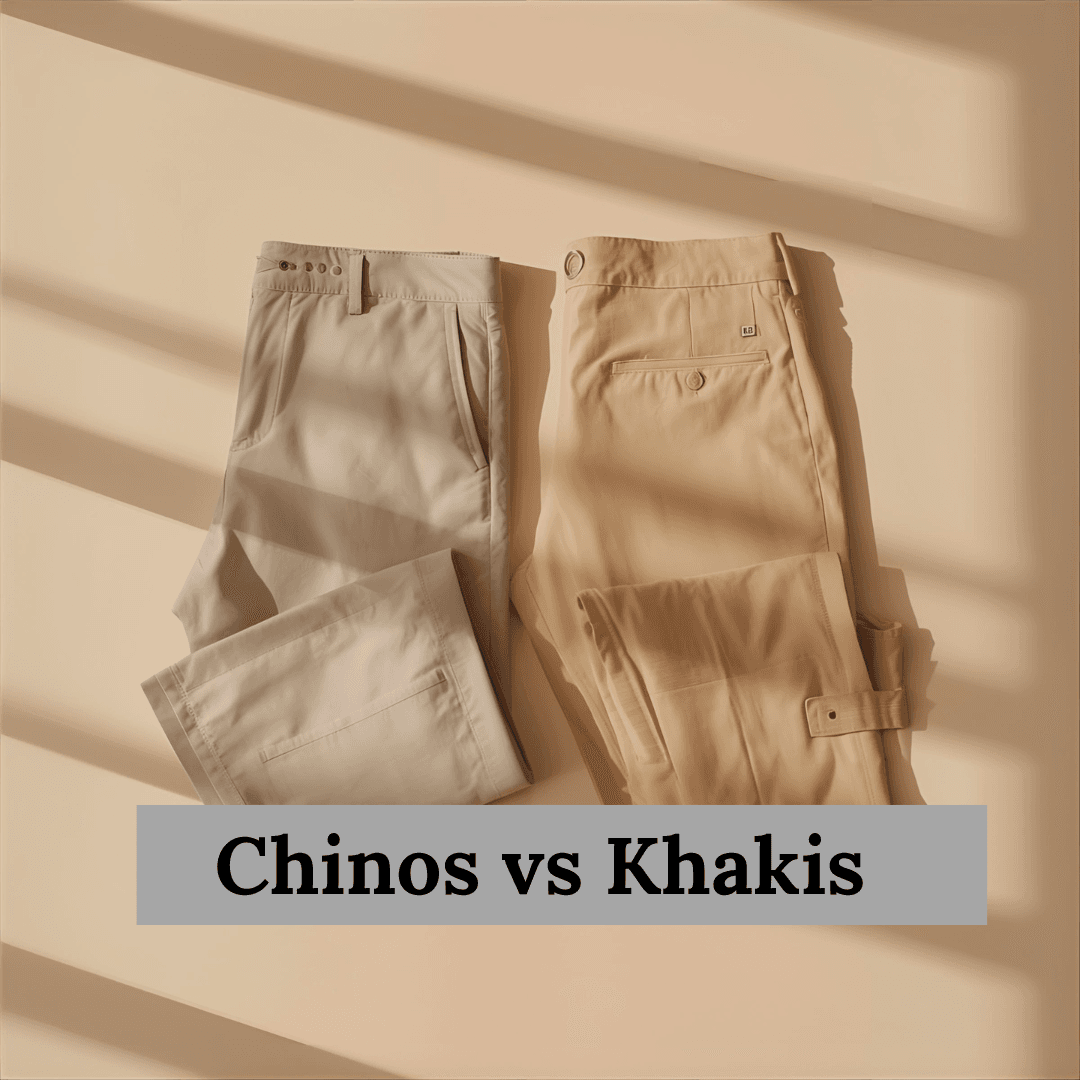




Leave a Reply